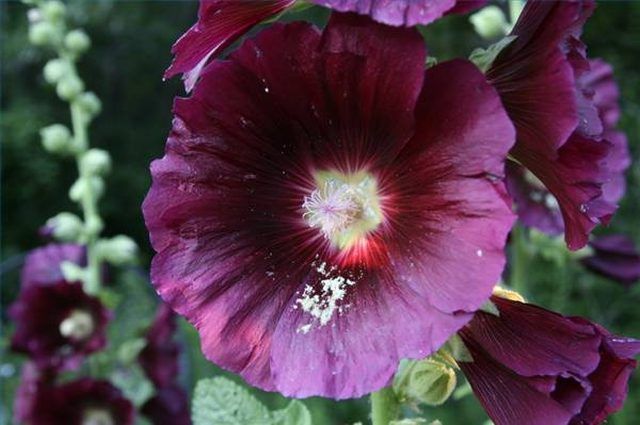Bulbs
Flower Basics
Flower Beds & Specialty Gardens
Flower Garden
Garden Furniture
Garden Gnomes
Garden Seeds
Garden Sheds
Garden Statues
Garden Tools & Supplies
Gardening Basics
Green & Organic
Groundcovers & Vines
Growing Annuals
Growing Basil
Growing Beans
Growing Berries
Growing Blueberries
Growing Cactus
Growing Corn
Growing Cotton
Growing Edibles
Growing Flowers
Growing Garlic
Growing Grapes
Growing Grass
Growing Herbs
Growing Jasmine
Growing Mint
Growing Mushrooms
Orchids
Growing Peanuts
Growing Perennials
Growing Plants
Growing Rosemary
Growing Roses
Growing Strawberries
Growing Sunflowers
Growing Thyme
Growing Tomatoes
Growing Tulips
Growing Vegetables
Herb Basics
Herb Garden
Indoor Growing
Landscaping Basics
Landscaping Patios
Landscaping Plants
Landscaping Shrubs
Landscaping Trees
Landscaping Walks & Pathways
Lawn Basics
Lawn Maintenance
Lawn Mowers
Lawn Ornaments
Lawn Planting
Lawn Tools
Outdoor Growing
Overall Landscape Planning
Pests, Weeds & Problems
Plant Basics
Rock Garden
Rose Garden
Shrubs
Soil
Specialty Gardens
Trees
Vegetable Garden
Yard Maintenance
When Do Hollyhocks Bloom?
When Do Hollyhocks Bloom?. The Hollyhock is a long-blooming summer favorite. It graces gardens throughout the United States and in other countries. It can be found in borders, as ornamental, mass plantings and even as cut flowers. This stately plant provides architecture to the garden plus a wide range of colors from pastels to vibrant hues.

The Hollyhock is a long-blooming summer favorite. It graces gardens throughout the United States and in other countries. It can be found in borders, as ornamental, mass plantings and even as cut flowers. This stately plant provides architecture to the garden plus a wide range of colors from pastels to vibrant hues.
Plant
Hollyhock, Alcea rosea, is a summer blooming biennial that has an upright habit with thick sturdy stems. They are winter hardy to zone 3. Zones 3 to 8 begin blooming mid to late summer. In zones 9 to 10, young plants are set out in fall and bloom early spring through summer. Hollyhocks are drought-resistant.
Requirements
Hollyhocks require full sun for most of the day. They grow best with good drainage in a medium fertile soil. They also grow well in clay soil, but do not grow well in a soil that is too rich. Lots of room is needed. Space plants 3 feet apart. Staking is required and cultivars can reach heights of 2 to 9 feet. This is a winter hardy plant that zones 6 or below should winter mulch to protect dormant buds.
Flowers
They come in a variety of colors from whites, yellows, pinks, reds, lavender to midnight purple almost black. Blossoms are 2 to 5 inches across. Blooms start at the bottom of the stem and spiral upward. It is a repeat bloomer, providing color all summer season.
More Blooms
For more flowering stalks, pinch out the growing tips once or twice early in the season. This will result in shorter plants with more flowering stalks. They are drought-tolerant, but bloom better in moist soil.
History
This cottage garden staple is a long-blooming flower originating in China. Chinese gardeners cooked the greens and the buds were considered a delicacy. Arriving in America in 1630, double blooming types were found in 1677, and were followed by striped varieties in 1823. Today, varieties can be fringed or ruffled.
Famous Ties
Thomas Jefferson cultivated Alcea rosea var. nigra, a dark purple variety. Hollyhocks are still grown at Monticello and thought to be its descendants.